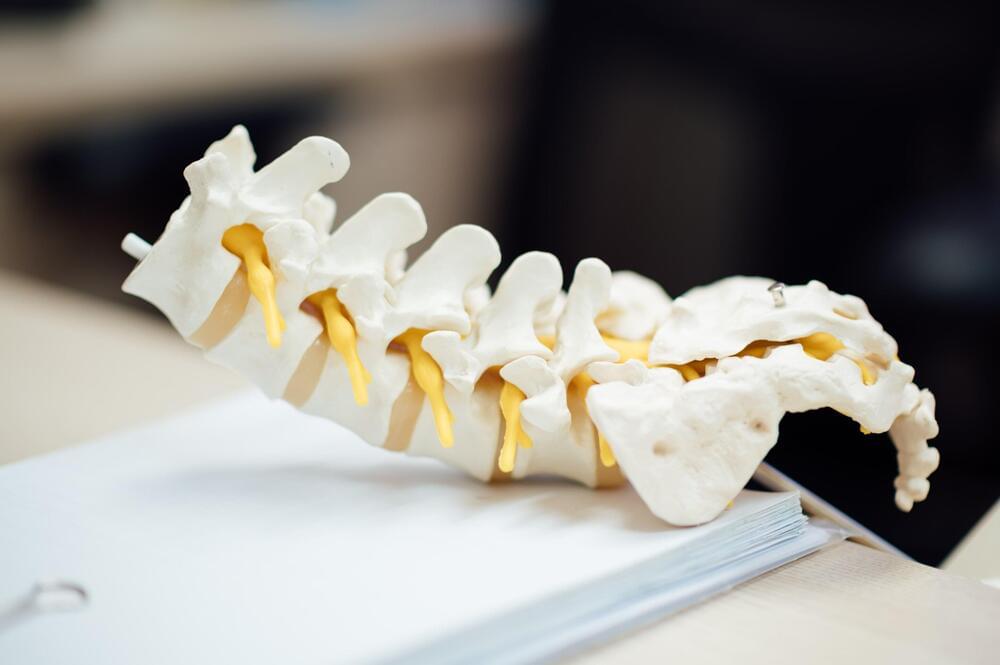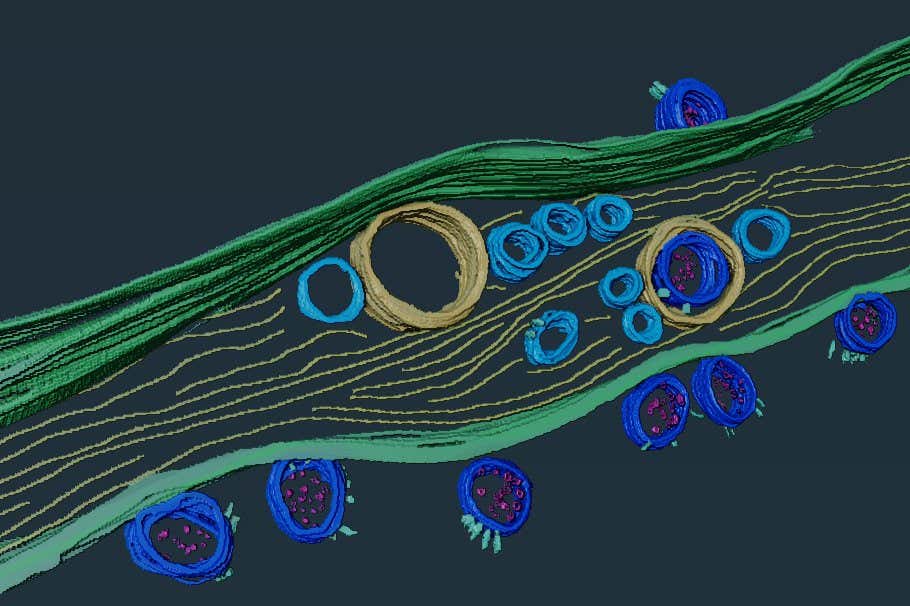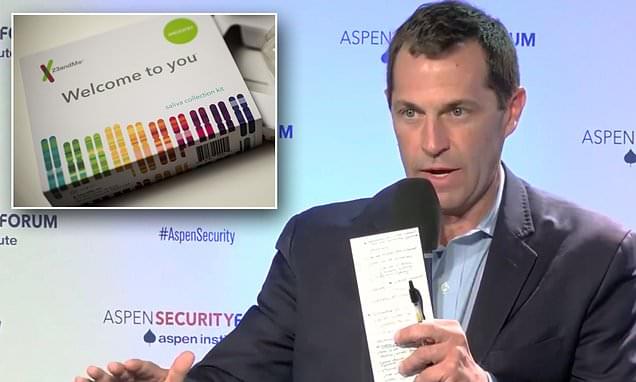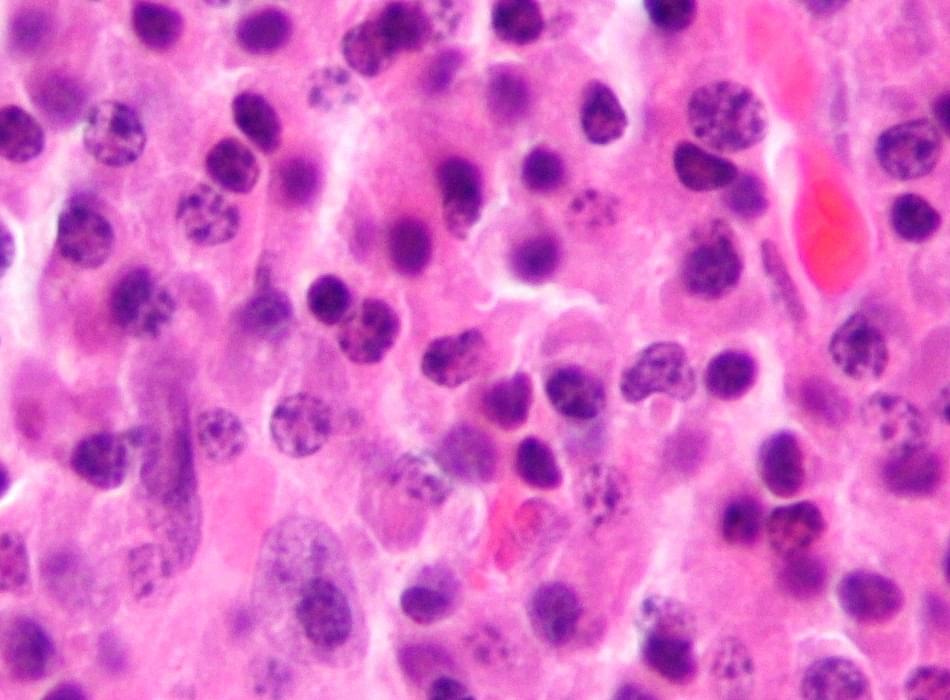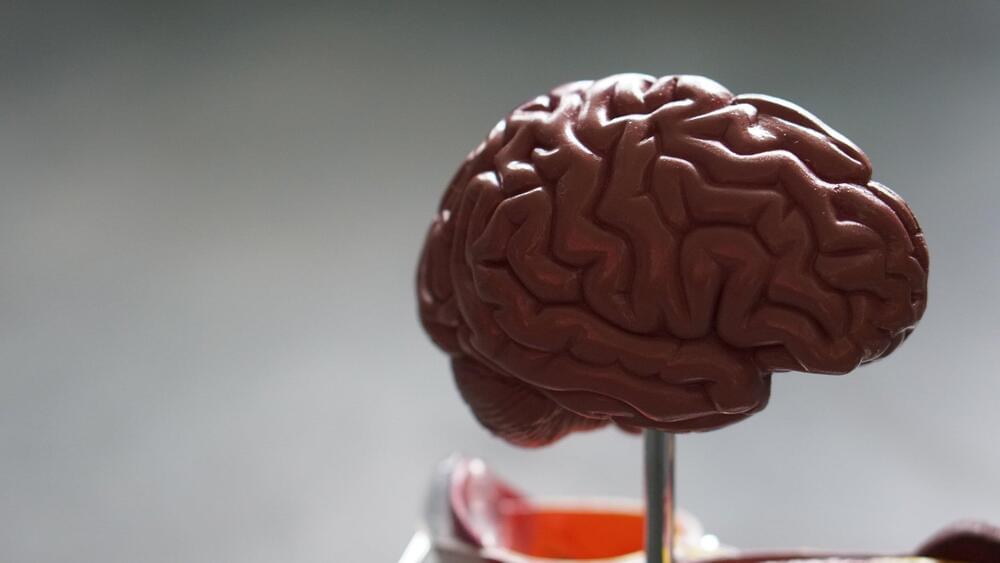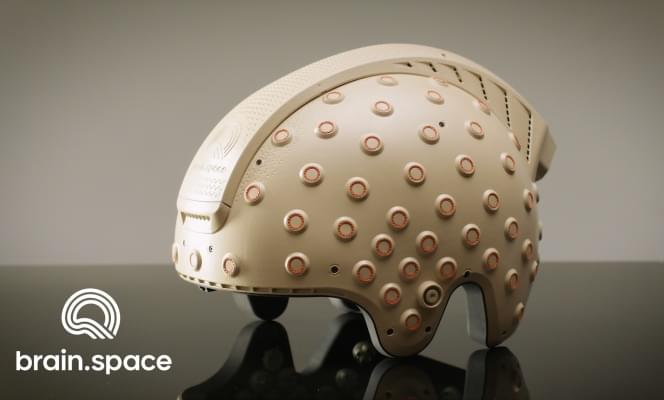Jul 27, 2022
Research shows investigational drug fosters nerve repair after injury
Posted by Nicholi Avery in categories: biotech/medical, neuroscience
𝐑𝐞𝐬𝐞𝐚𝐫𝐜𝐡 𝐬𝐡𝐨𝐰𝐬 𝐢𝐧𝐯𝐞𝐬𝐭𝐢𝐠𝐚𝐭𝐢𝐨𝐧𝐚𝐥 𝐝𝐫𝐮𝐠 𝐟𝐨𝐬𝐭𝐞𝐫𝐬 𝐧𝐞𝐫𝐯𝐞 𝐫𝐞𝐩𝐚𝐢𝐫 𝐚𝐟𝐭𝐞𝐫 𝐢𝐧𝐣𝐮𝐫𝐲
Scientists from the University of Birmingham have shown that a brain-penetrating candidate drug currently in development as a cancer therapy can foster regeneration of damaged nerves after spinal trauma.
The research, published today in Clinical and Translational Medicine, used cell and animal models to demonstrate that when taken orally the candidate drug, known as AZD1390, can block the response to DNA damage in nerve cells and promote regeneration of damaged nerves, so restoring sensory and motor function after spinal injury.
Continue reading “Research shows investigational drug fosters nerve repair after injury” »
